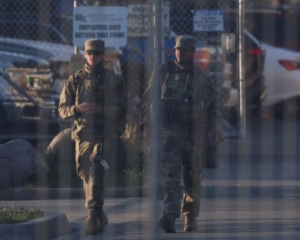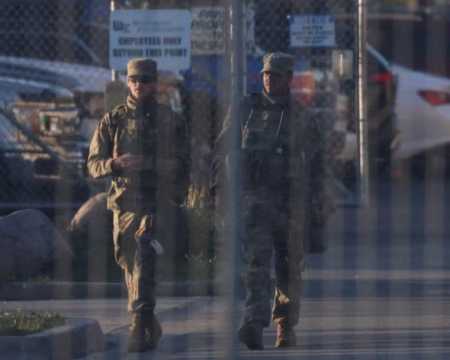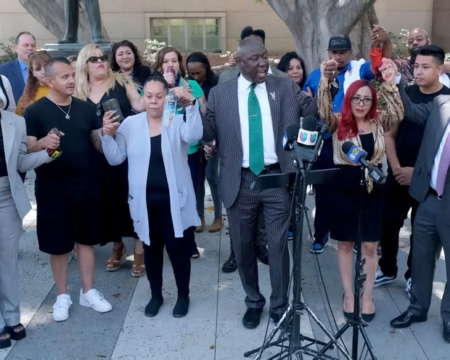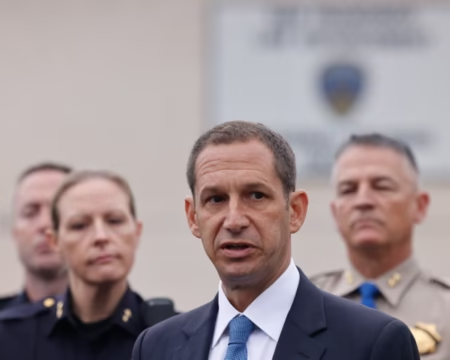The Supreme Court has given temporary support to former President Donald Trump’s plan to reshape the federal government by approving mass firings and reorganization efforts. This decision puts a hold on a lower court’s ruling that had blocked the move, saying it required approval from Congress.
In a short, unsigned order released Tuesday, the court said that lower courts acted too soon by stopping the administration’s broad strategy instead of waiting to review specific agency-level plans. Justice Ketanji Brown Jackson disagreed with the ruling and voiced strong opposition.
Trump’s executive order, signed in February, aimed to reduce the number of federal workers. It followed campaign promises to slim down the size of government. Since then, several departments announced plans to lay off thousands of employees. Some proposed cuts included trimming 10,000 jobs from the CDC, FDA, and NIH. The IRS could lose 40% of its workforce, and the Department of Veterans Affairs initially planned to eliminate 80,000 jobs, though that number has been reduced to 30,000.
The court’s order does not approve the legality of any specific agency restructuring. Instead, it allows planning and early steps to continue while legal challenges proceed. If any future plan makes it impossible for an agency to carry out its duties, it may still be blocked.
The case was brought by a coalition of unions, nonprofit groups, and local governments. They argue the president cannot cut or reorganize federal departments without Congress. These agencies, they say, were created by law and can’t be dismantled or left unable to perform their duties without breaking that law.
In response to the Supreme Court’s order, the coalition stated the decision could harm key services that millions of Americans depend on. They warned that unchecked executive power could threaten the democratic balance.
Despite the backlash, the White House praised the decision as a major win. A spokesperson said the ruling proves the president has the authority to make government operations more efficient, and criticized what they called interference by “leftist judges.”
Justice Jackson, who opposed the ruling, called the decision “hubristic and senseless.” She argued that lower courts are better suited to handle such complex and detailed cases. She warned that the court had acted too early, before seeing the full impact of the government’s changes. Jackson expressed concern that by moving forward without careful review, the court risked letting the administration go too far.
Justice Sonia Sotomayor agreed in part, saying the president must still follow laws passed by Congress. However, she accepted the limited nature of the court’s current decision, since the executive order told agencies to act within legal boundaries.
The court’s decision affects over a dozen agencies, including the Departments of Agriculture, Commerce, Energy, Labor, Treasury, State, Health and Human Services, Veterans Affairs, and the Environmental Protection Agency. Officials from some of these departments had delayed their plans due to earlier court rulings. Now, many are preparing to move forward.
One example is the Department of Health and Human Services, which said it plans to continue its restructuring efforts. A spokesperson reaffirmed their goal to “Make America Healthy Again,” echoing language used by the previous administration.
Legal experts say the ruling does not end the case. Future challenges may still succeed if specific plans are found to break the law or strip agencies of their essential functions.
Previously, a federal court in California blocked deeper layoffs. The appeals court declined to step in, leading the Trump administration to ask the Supreme Court for urgent review. That request has now been granted, setting the stage for a broader legal battle in the months ahead.
While the president has the power to set executive priorities, courts have often ruled that major changes to the structure of the government must include Congress. The long-term impact of this decision will depend on how far future reorganization plans go—and whether they survive legal tests still to come.







